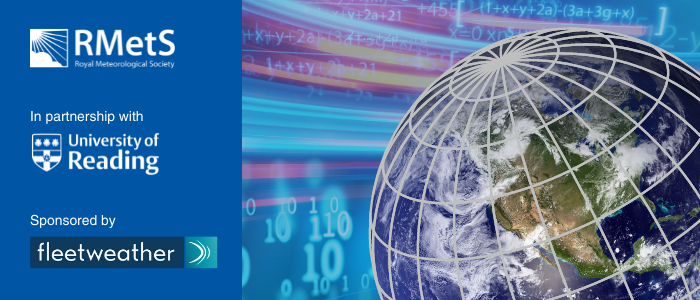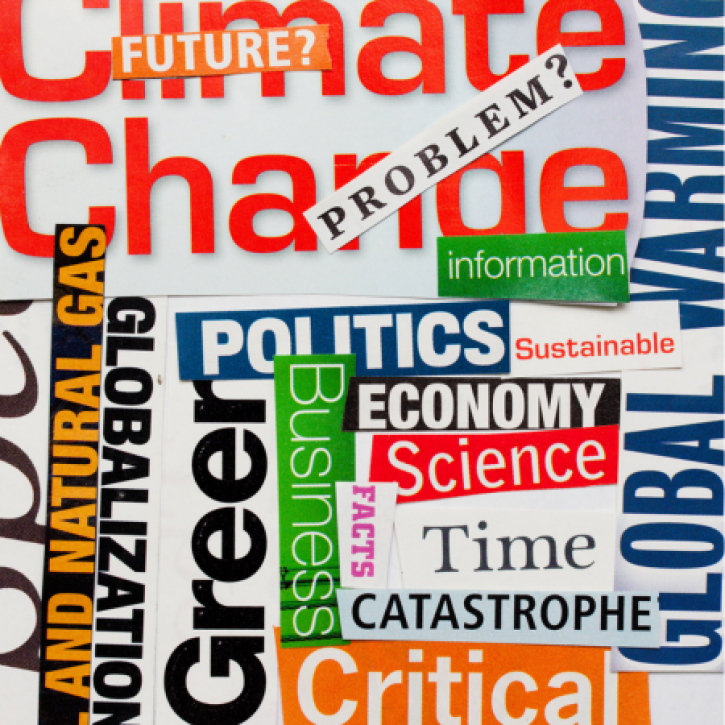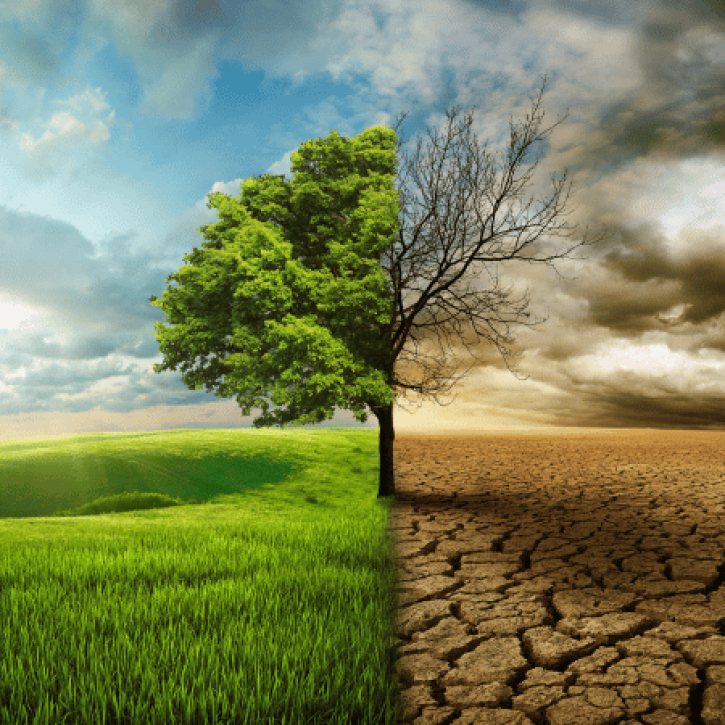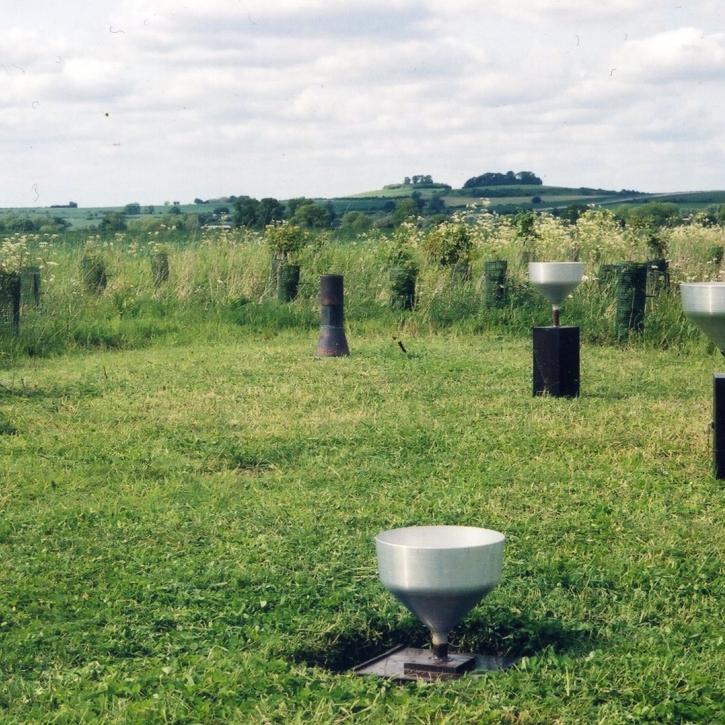

MASTERCLASS | Data Assimilation and Crowdsourced Observations in Numerical Weather Prediction
LOCATION
SPEAKER: Professor Sarah Dance
Continuing our online Meteorological Masterclasses in partnership with the University of Reading, we are pleased to announce a new Masterclass series in “Advances in weather and climate forecasting”.
During this series, three leading experts from the University of Reading discussed the latest scientific advances for understanding and predicting weather, climate and its impacts. Topics covered included data assimilation and machine learning; identification of causal pathways in atmospheric teleconnections; and modelling advances in resolution and parameterization for weather forecasting.
These masterclasses were intended to provide support for professionals working in Meteorology and Climate Science, and its operational applications who wish to remain up to date on recent scientific developments in the field.
Masterclasses ran weekly on Wednesday’s 16th, 23rd and 30th March 2022 from 3 pm to 4.30 pm (UTC), consisting of a presentation followed by the opportunity for questions and discussion with the speaker. Whilst the webinars are part of a series, attendance at all three events is not compulsory.
Weather forecasts are obtained by combining observations of the weather with computational predictions using a data assimilation process. Forecast accuracy relies on accurate estimates of the uncertainty in these weather observations. We will give an introduction to data assimilation, the observations used in numerical weather prediction and how observation uncertainty is dealt with in the data assimilation process.
Recently, new, inexpensive sources of observations obtained from crowdsourcing are being investigated for use in numerical weather prediction to fill some of the gaps in existing scientific observing networks. However, the uncertainty comparisons between crowdsourced observations and numerical model predictions is not well understood. For example, the measurements will be affected by their local environment (e.g. a temperature measurement in a sheltered street will give a different reading to one made on the top of a skyscraper). In order to utilise such observations, data assimilation algorithms must take account of the discrepancy in space and time-scales represented by the model and those observed in the actual process. Examples will be given from recent research including temperature and wind observations from air traffic control reports (known as Mode-S EHS) and temperature observations from private cars. Finally, we will discuss how modern deep learning techniques could be used alongside these datasets of opportunity to improve numerical weather predictions in the future.
Sarah L Dance is Professor of Data Assimilation, jointly held in the Departments of Meteorology and Mathematics & Statistics at the University of Reading. She is Divisional Director of Data Assimilation for the UK Natural Environment Research Council National Centre for Earth Observation (NERC NCEO) and holds an EPSRC Senior Fellowship in Digital Technology for Living with Environmental Change. Her research ranges from mathematical theory to practical applications for data assimilation in hazardous weather and flooding.
Extracting Casual Information from Climate Data | 15:00-16:30 | 16th March 2022
SPEAKER: Dr Marlene Kretschmer, Research Scientist University of Reading
How do we use the "Weather" in "Numerical Prediction"? | 15:00- 6:30 | 23rd March 2022
SPEAKER: Professor Peter Clark
Sponsored by
SPEAKER: Professor Sarah Dance
Continuing our online Meteorological Masterclasses in partnership with the University of Reading, we are pleased to announce a new Masterclass series in “Advances in weather and climate forecasting”.
During this series, three leading experts from the University of Reading discussed the latest scientific advances for understanding and predicting weather, climate and its impacts. Topics covered included data assimilation and machine learning; identification of causal pathways in atmospheric teleconnections; and modelling advances in resolution and parameterization for weather forecasting.
These masterclasses were intended to provide support for professionals working in Meteorology and Climate Science, and its operational applications who wish to remain up to date on recent scientific developments in the field.
Masterclasses ran weekly on Wednesday’s 16th, 23rd and 30th March 2022 from 3 pm to 4.30 pm (UTC), consisting of a presentation followed by the opportunity for questions and discussion with the speaker. Whilst the webinars are part of a series, attendance at all three events is not compulsory.
Weather forecasts are obtained by combining observations of the weather with computational predictions using a data assimilation process. Forecast accuracy relies on accurate estimates of the uncertainty in these weather observations. We will give an introduction to data assimilation, the observations used in numerical weather prediction and how observation uncertainty is dealt with in the data assimilation process.
Recently, new, inexpensive sources of observations obtained from crowdsourcing are being investigated for use in numerical weather prediction to fill some of the gaps in existing scientific observing networks. However, the uncertainty comparisons between crowdsourced observations and numerical model predictions is not well understood. For example, the measurements will be affected by their local environment (e.g. a temperature measurement in a sheltered street will give a different reading to one made on the top of a skyscraper). In order to utilise such observations, data assimilation algorithms must take account of the discrepancy in space and time-scales represented by the model and those observed in the actual process. Examples will be given from recent research including temperature and wind observations from air traffic control reports (known as Mode-S EHS) and temperature observations from private cars. Finally, we will discuss how modern deep learning techniques could be used alongside these datasets of opportunity to improve numerical weather predictions in the future.
Sarah L Dance is Professor of Data Assimilation, jointly held in the Departments of Meteorology and Mathematics & Statistics at the University of Reading. She is Divisional Director of Data Assimilation for the UK Natural Environment Research Council National Centre for Earth Observation (NERC NCEO) and holds an EPSRC Senior Fellowship in Digital Technology for Living with Environmental Change. Her research ranges from mathematical theory to practical applications for data assimilation in hazardous weather and flooding.
Extracting Casual Information from Climate Data | 15:00-16:30 | 16th March 2022
SPEAKER: Dr Marlene Kretschmer, Research Scientist University of Reading
How do we use the "Weather" in "Numerical Prediction"? | 15:00- 6:30 | 23rd March 2022
SPEAKER: Professor Peter Clark






